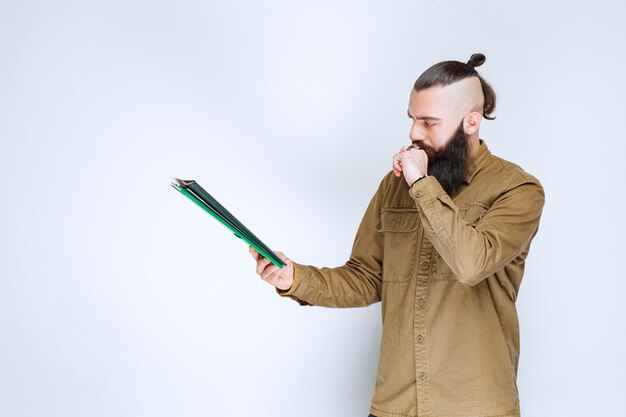
Body language is a crucial aspect of human interaction that often speaks louder than words. Whether consciously or unconsciously, people convey their thoughts, emotions, and intentions through physical gestures, facial expressions, posture, and eye movements. Understanding these non-verbal cues can provide valuable insights into the emotions and motivations of others, enhancing communication and building stronger relationships.
Why is reading body language important? It’s estimated that 60 to 90 percent of communication is non-verbal. Words may say one thing, but the body often tells a different story. From subtle movements of the hands to significant shifts in posture, these signals can reveal what someone truly feels, even if they’re trying to hide it. By learning to interpret these signs, you can better navigate social interactions, negotiations, and even detect deception.
In this article, we will explore the key elements of body language, including facial expressions, gestures, and posture, and how to read them effectively in various contexts. Whether you’re in a business meeting, a social gathering, or simply trying to understand a friend’s feelings, mastering the art of reading body language c
Key Signs to Interpret Body Language in Everyday Interactions
Body language is a powerful form of non-verbal communication that can reveal much about a person’s feelings and intentions, even when words are left unsaid. By observing certain physical cues, you can gain deeper insight into what someone might be thinking or experiencing in the moment.
In everyday interactions, recognizing key signs of body language can help improve communication, build better relationships, and prevent misunderstandings. Below are some important cues to look out for in various social situations.
Common Body Language Cues
1. Eye Contact:
Maintaining eye contact generally indicates confidence and interest. However, too much eye contact can come across as aggressive, while avoiding it may suggest discomfort, dishonesty, or disinterest.
2. Posture:
How someone stands or sits speaks volumes. An open posture, such as standing tall with shoulders back, signals confidence and openness. In contrast, crossed arms or slouched posture
Conclusion: Mastering the Art of Reading Body Language
In summary, improving your ability to read body language is a valuable skill that enhances communication, builds stronger relationships, and helps you understand the true emotions and intentions of those around you. By paying close attention to non-verbal cues, practicing mindfulness, and increasing your emotional intelligence, you will become more adept at interpreting the subtle signals people convey beyond their words.
Remember, body language is a powerful tool that reflects what is often left unsaid. It’s important to consider cultural differences, personal habits, and context when reading these cues. With time and experience, your ability to accurately read and respond to body language will significantly improve.
Key tips for improving body language reading skills: